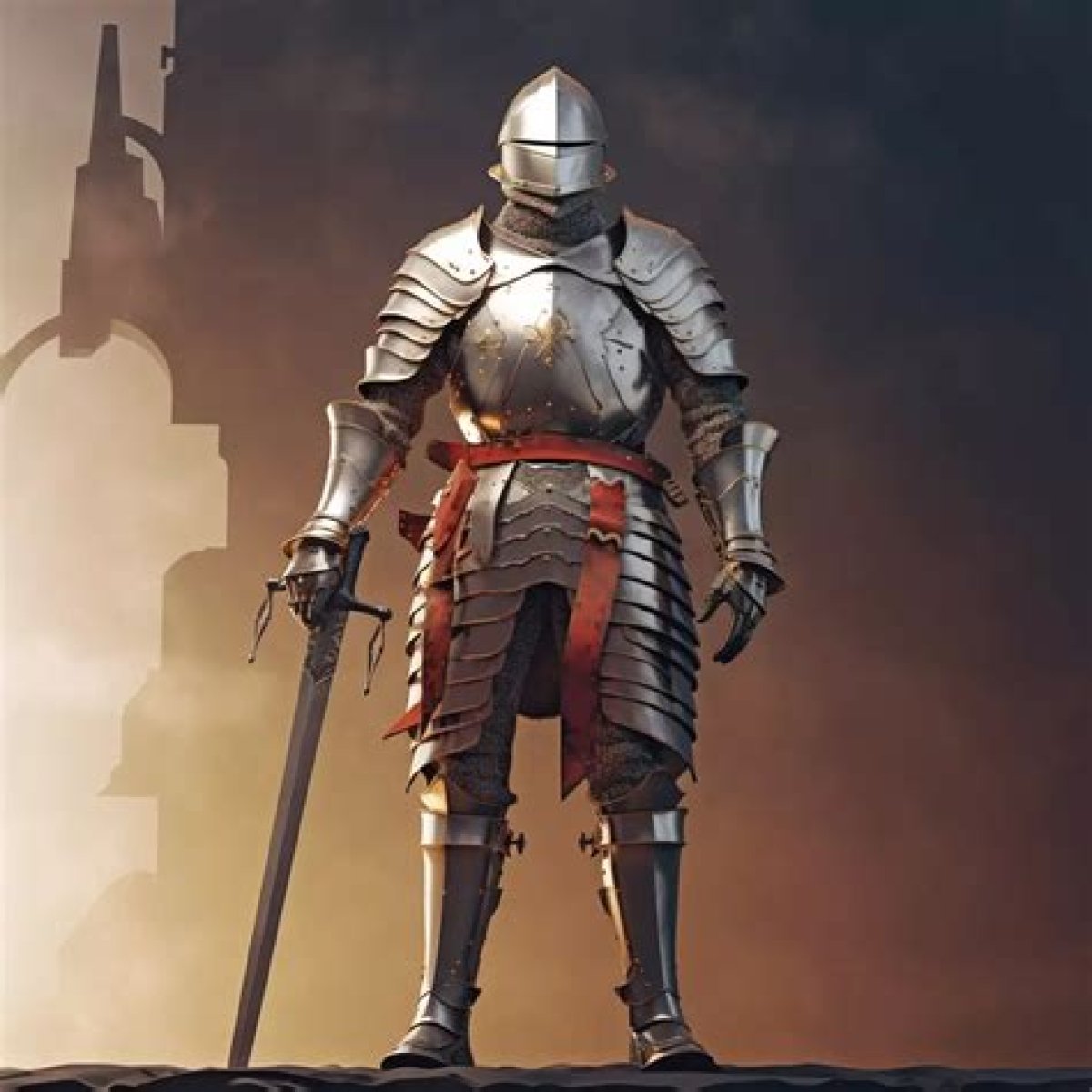When embarking on a journey through the realms of Dungeons & Dragons 5th Edition, one cannot ignore the importance of armor. Armor 5e serves as a crucial element that dictates a character's survivability and effectiveness in battle. From the clanging of chainmail to the sleekness of leather, the type of armor a character chooses can significantly influence their playstyle. Understanding the mechanics, types, and nuances of armor is essential for any adventurer looking to thrive in the perilous landscapes of this tabletop game.
In the world of D&D 5e, armor is not merely a protective layer but also a statement of a character's identity, background, and combat strategy. Whether you’re a hulking barbarian clad in heavy plate armor or a nimble rogue opting for the flexibility of studded leather, your choice of armor will shape your character’s interactions with the world. As players navigate through the various classes and races available, the selection of armor becomes a pivotal decision that can enhance or hinder their gameplay experience.
Moreover, the rules surrounding armor in D&D 5e are designed to add depth and complexity to the game. With a variety of armor types, each offering distinct benefits and drawbacks, players must carefully assess their options based on their character's abilities and the challenges they anticipate facing. In this article, we will delve into the specifics of armor 5e, exploring its types, mechanics, and how to effectively utilize armor to enhance your character’s capabilities in combat.
What Are the Different Types of Armor in 5e?
In D&D 5e, armor is categorized into three main types: light, medium, and heavy. Each type serves different purposes and is suited to various character classes. Here’s a breakdown of each category:
- Light Armor: Offers minimal protection but allows for maximum mobility. Ideal for stealthy characters.
- Medium Armor: Strikes a balance between mobility and protection. Suitable for characters who need some defense without hindering their movement too much.
- Heavy Armor: Provides the highest level of protection but comes with drawbacks in terms of mobility and dexterity.
How Does Armor Class (AC) Work in 5e?
Armor Class (AC) is a critical mechanic in Dungeons & Dragons 5e that determines how hard it is for opponents to land a successful hit on a character. The calculation of AC can vary based on the type of armor worn, the character's Dexterity modifier, and any additional bonuses from spells or equipment. Here’s how AC is typically calculated:
- Natural Armor: Some creatures have a base AC without wearing armor, calculated based on their natural defense.
- Armor Worn: The base AC provided by the type of armor, plus any Dexterity modifier (if applicable).
- Modifiers: Bonuses from spells, abilities, or magical items that can further increase AC.
What Factors Should You Consider When Choosing Armor?
When selecting armor for your character, several factors come into play that can influence your decision:
- Character Class: Some classes have restrictions on the types of armor they can wear, impacting your choices.
- Dexterity Modifier: A higher Dexterity modifier can enhance the effectiveness of light and medium armor.
- Armor Proficiencies: Make sure your character has proficiency in the armor type to avoid penalties.
- Weight and Movement: Consider how different armor types affect your character's movement speed and agility.
What Are the Benefits of Wearing Heavy Armor?
Heavy armor is known for its superior protection, making it a favored choice for frontline fighters and tanks. Here are some of the key benefits:
- High AC: Heavy armor generally provides the highest AC, making it difficult for enemies to inflict damage.
- Damage Absorption: Characters in heavy armor can absorb more damage, allowing them to act as shields for their allies.
- Intimidation Factor: Clad in heavy armor, characters can project an imposing presence in combat, potentially affecting enemy morale.
Are There Any Drawbacks to Wearing Heavy Armor?
While heavy armor comes with significant advantages, it also has its share of drawbacks that players should be aware of:
- Movement Restrictions: Heavy armor can reduce movement speed and impose disadvantage on Dexterity checks.
- Heavy Weight: The weight of heavy armor can limit a character's ability to carry other equipment.
- Limited Dexterity Benefits: Characters wearing heavy armor cannot benefit from their Dexterity modifier to AC.
How Can You Customize Your Armor in 5e?
Customization adds a rich layer to the gameplay experience in D&D 5e. Players can enhance their armor through various means:
- Magical Enhancements: Enchantments can provide additional bonuses, such as increased AC or resistance to damage.
- Upgrades: Characters can find or purchase better armor as they progress, improving their defenses.
- Cosmetic Changes: Players can personalize their armor’s appearance to reflect their character’s story and personality.
What Are the Most Popular Armor Types Among Players?
Each player has their preferences when it comes to armor, often influenced by their character’s build and playstyle. Some of the most popular armor types include:
- Plate Armor: A top choice for tanks, offering maximum protection.
- Chainmail: A favorite among fighters who desire a balance between protection and mobility.
- Leather Armor: Preferred by rogues and rangers for stealth and agility.
Conclusion: Mastering Armor 5e for Your Character
In conclusion, understanding the intricacies of armor 5e is essential for any player looking to navigate the dangers of Dungeons & Dragons 5th Edition effectively. From selecting the right type of armor to customizing it for maximum effectiveness, players can enhance their characters’ survivability and efficiency in combat. As you embark on your next adventure, remember that the armor you choose is not just a piece of equipment; it’s a vital part of your character’s story and strategy. Happy adventuring!
Exploring The Life And Career Of Rich DollazExploring The Height Of Randy Newman: A Musical IconMick Foley's Ear: The Unique Story Behind A Wrestling Legend
